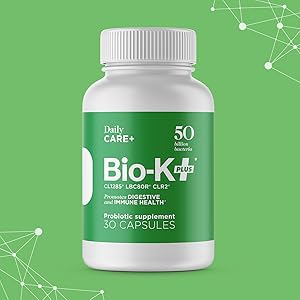Indications:
It is a stool test for detecting the pathogen responsible for infectious diarrhea. It is also carried out in the following cases:
– Febrile diarrhea;
– Bloody diarrhea;
– Kitchen staff control;
– Tropical country return;
– Diarrhea with impaired general condition.
Principle:
The role of the laboratory is to highlight the predominant pathogen, present among others.
 Technique:
Technique:
Fresh stool sample at home or, better, to the laboratory.
The analysis should be made as soon as possible, within a period of up to three hours after collection.
The container should be sterile or failing, clean.
In infants, a rectal swab is usually sufficient.
A first direct examination is performed, detecting the presence of leukocytes and erythrocytes. Then after spreading on slides and dyeing, cultivation is done according to the germs sought and clinical arguments provided on the prescription (patient temperature, absorbed drugs, antibiotics potential …).
In an emergency, a direct immunofluorescence examination of the stool can be practiced, as for infantile gastroenteritis.
Results:
In the normal state, stools contain a balanced flora without bacterial predominance at 10 11 to 10 12 bacctéries / g.
If predominant germ, one can find:
– Salmonella typhi and S. Paratyphi in case of typhoid;
– Shigella;
– Clostridium difficile colitis membranous;
– A colon bacillus (entérotoxicogène) returning from tropical countries;
– An E. coli 111B4 as in childhood diarrhea communities.
– But not all germs are bacteria, and one can thus find a Vibrio cholerae or a Candida-on number.
Cost:
B180.
Practical advice:
In patients with diarrhea, the review is essential in cases that we have set out, provided to phrase the demand to know what one should look for and what culture medium priority.
However, in case of alleged food poisoning, the review will not give any information; so we should prioritize the analysis of residues of food or feed in question.








































